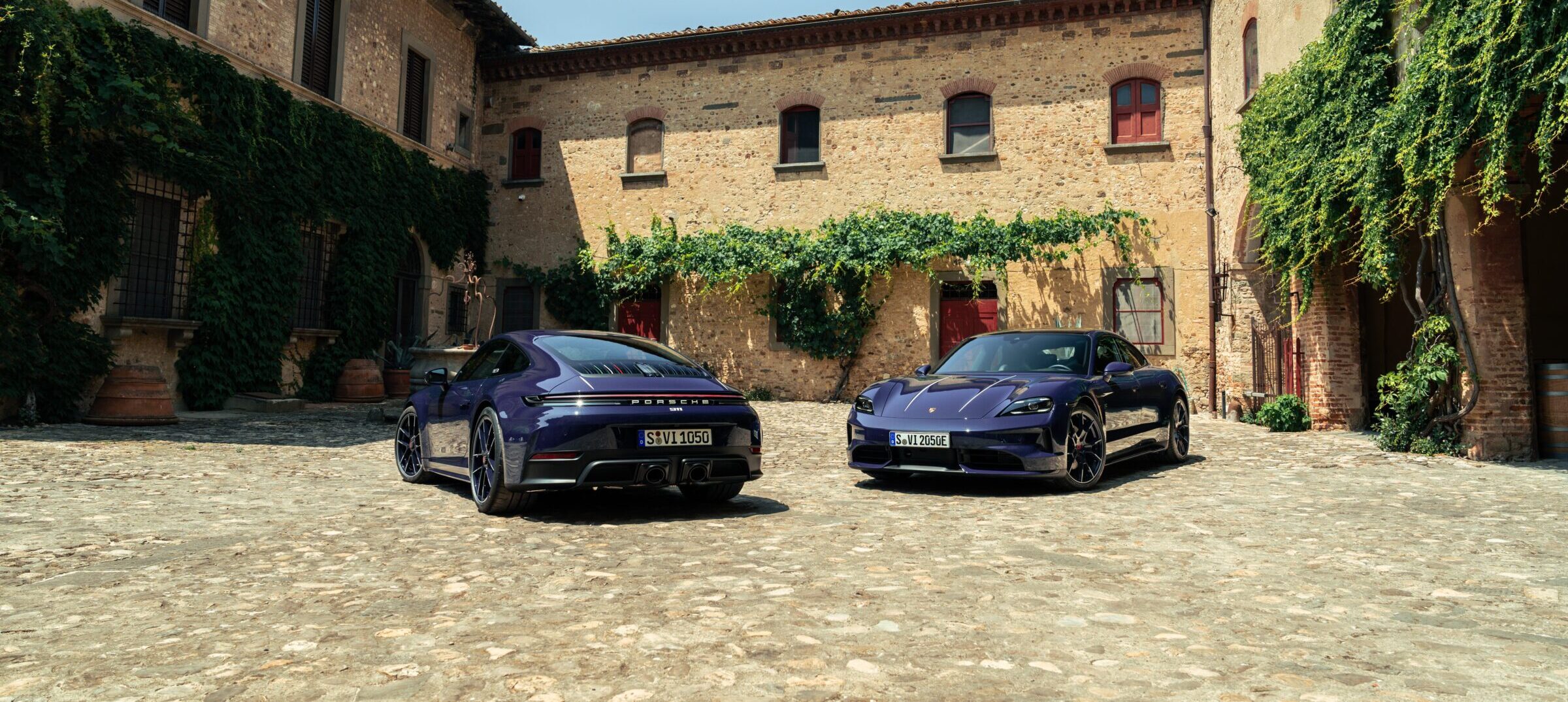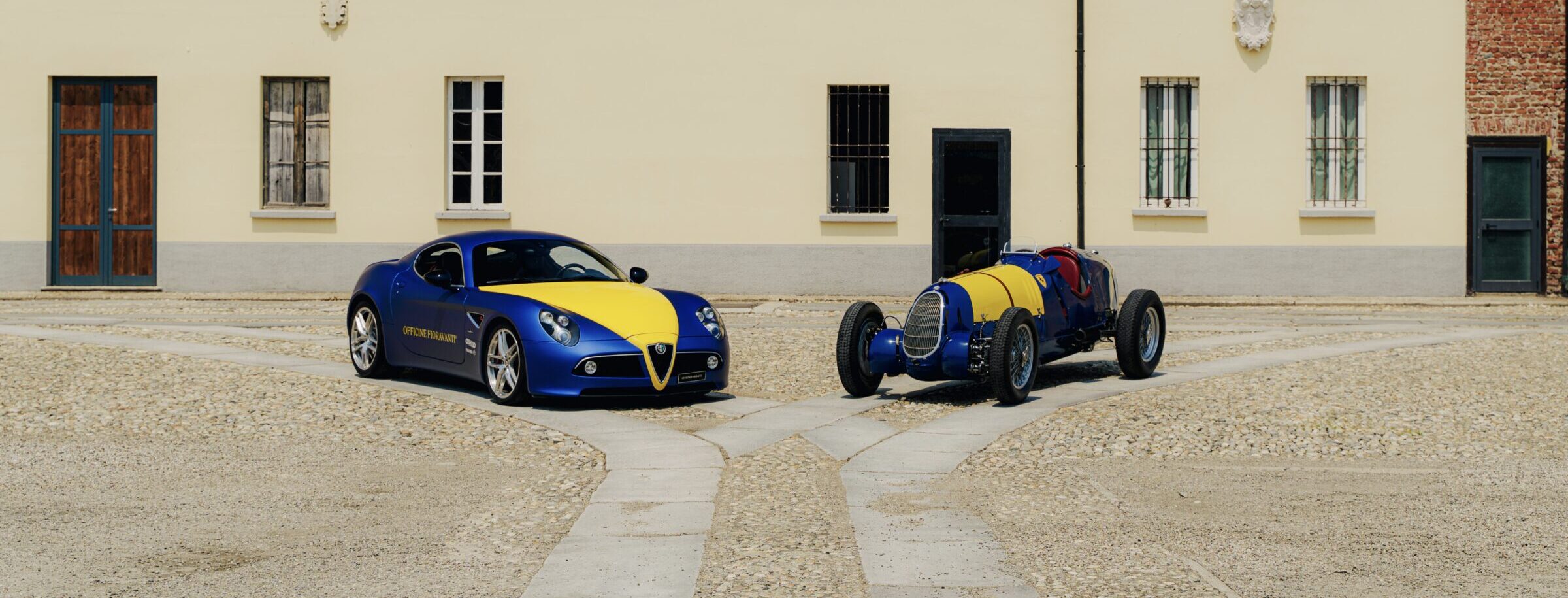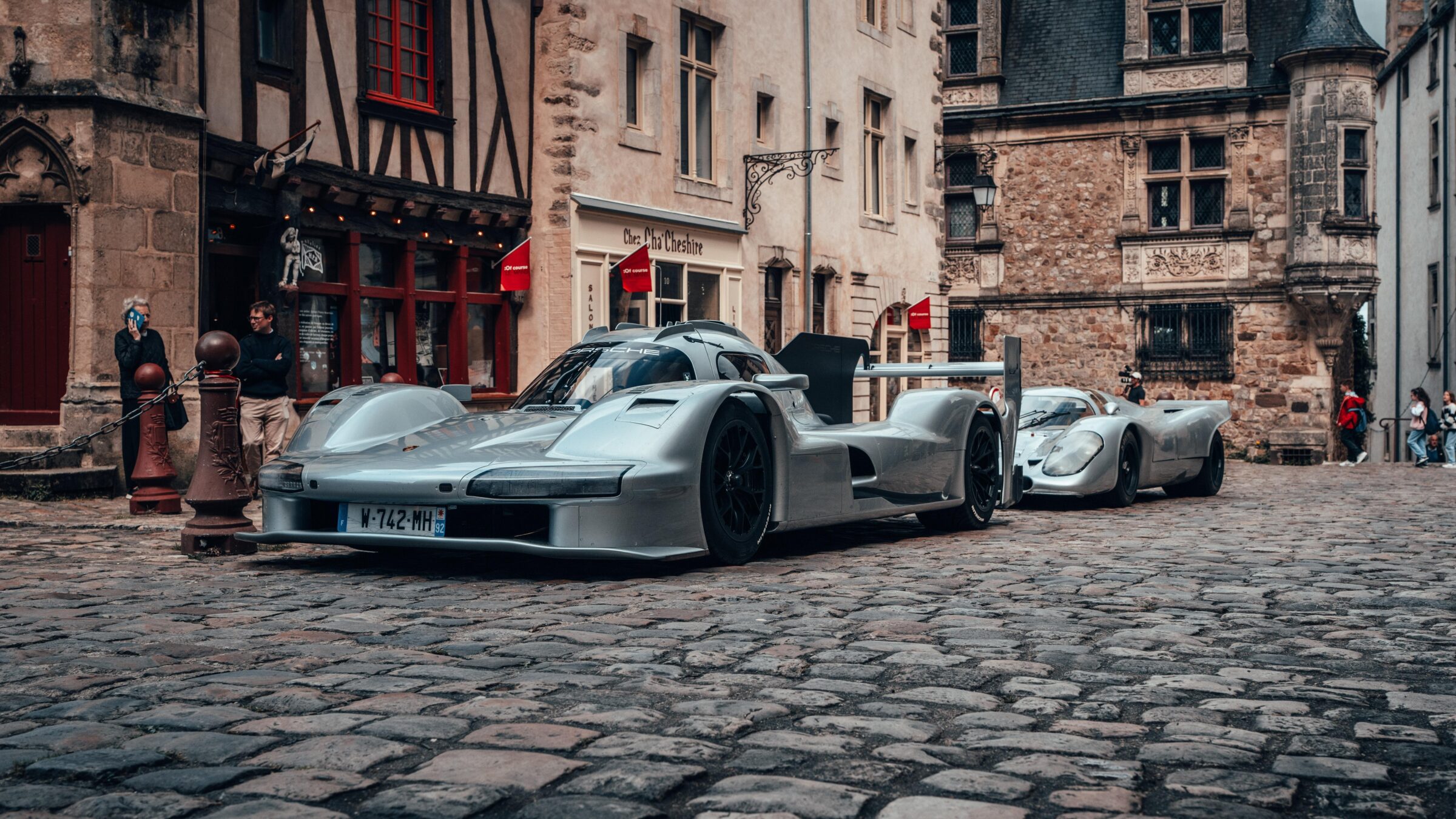50 Years of Opel GT
In the early 1960s, Opel started developing an emotional model with the development name ‘Kadett GT’ to complement the rock-solid model line-up of Kadett, Olympia, Rekord, Commodore and the KAD models (Kapitän, Admiral and Diplomat). The first plastillin models were built from the drawings in the design department in Rüsselsheim in winter 1963. This design center had been set up just in 1962 by Clare McKichan at the request of General Motors. At the IAA 1965, finally, a life-size Concept Car, named GT Experimental, was shown, which hit the nerve of the audience. Despite sporty models such as the Kadett Rallye, nobody thought that Opel would build a real sports car. It wasn’t clear publicly at this time whether GM would approve mass productionof this new model. For the time being the German car manufacturer reacted to the great interest only internally, without showing much to the outside world. At the opening of the new test and development center in Dudenhofen/Germany, however, the invited journalists were able to experience a prototype of the GT in action. The official press release proclaimed soberly: “The Opel GT Coupé will be used as a test vehicle for high speed drives and testing of body shapes, engines, brakes, steering systems and suspensions on the high speed track of the Dudenhofen test field.”
Over the next three years, the technical basics were set and the car was fully developed, with crash tests being carried out for the first time in the Opel history. At the frontal impact with 50 kph (31 mph), the passenger compartment remained in good shape. The modern offset crash according to today’s standards did not exist yet. While the Concept Car still showed rectangular popup headlights, the later production vehicle received oval lights, which did not fold up classically, but opened with a twisting motion. This was triggered mechanically with a lever in the cockpit. The bonnet also received a modified design with a characteristic bump on the right side. This was necessary to accomodate the cylinder head of the 1.9-liter engine from the Rekord C, which still got an oblique edge on the front for the Opel GT to fit under the bonnet. In the back there was no trunk lid, although the car showed a hatchback. The luggage had to be loaded through the interior, which initially provided some problems with the GDR border officials at the border crossings of the transit highways between the Federal Republic of Germany and West Berlin.
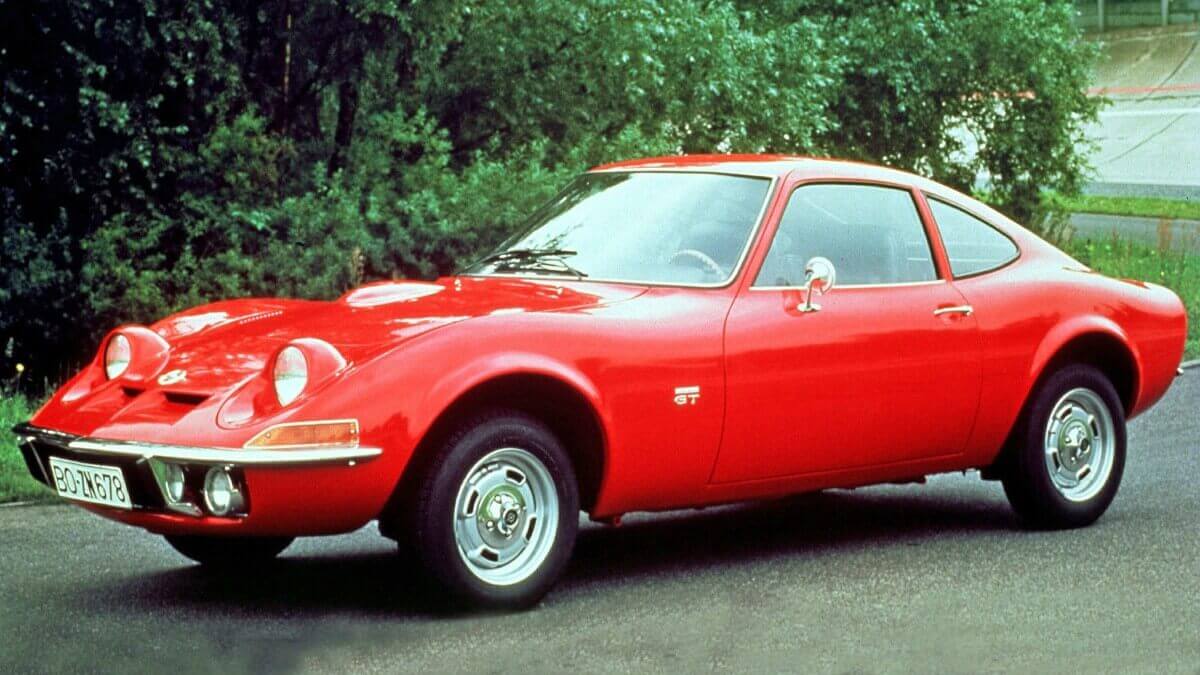

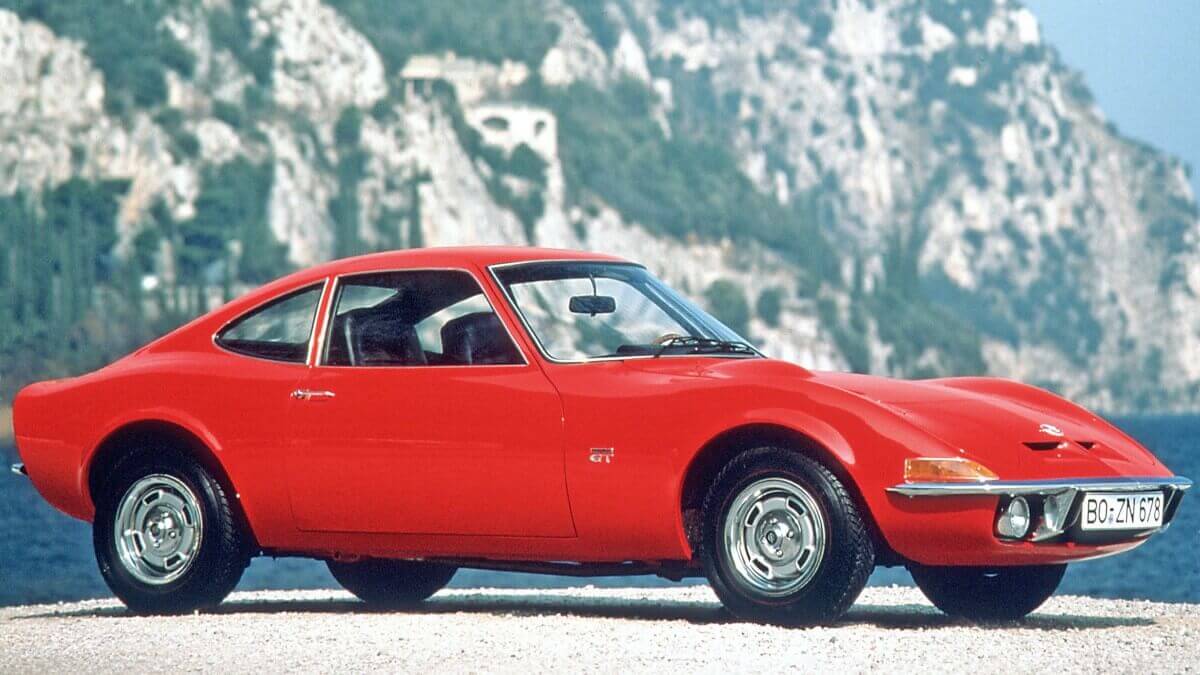

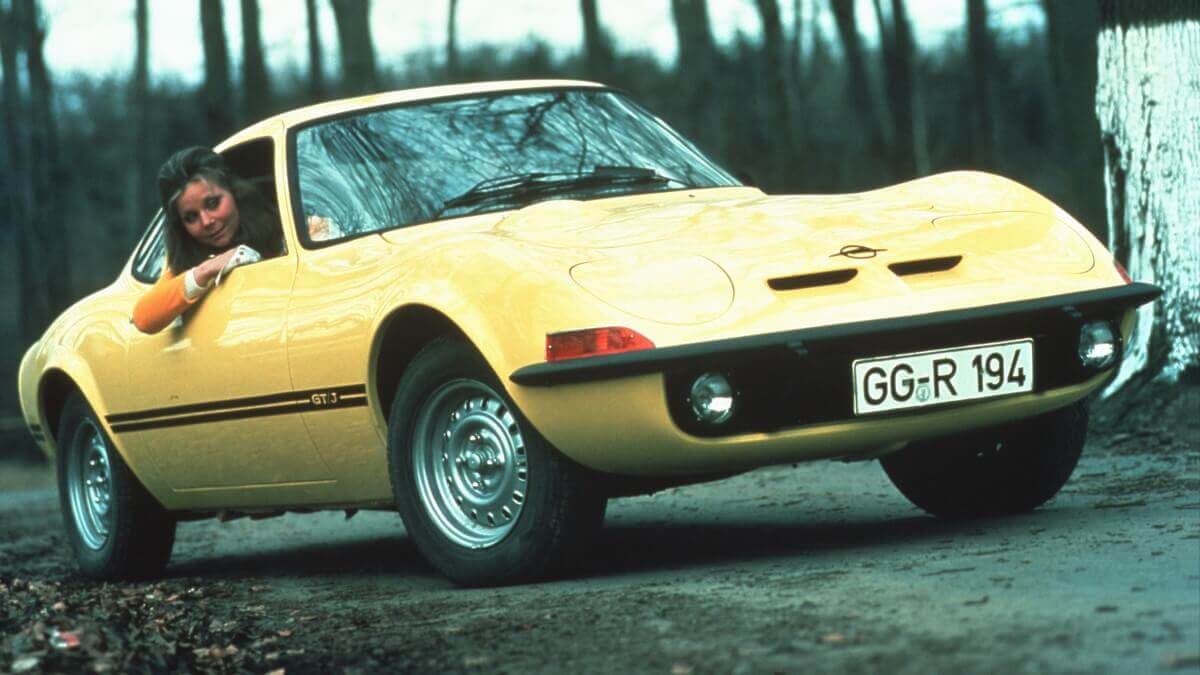

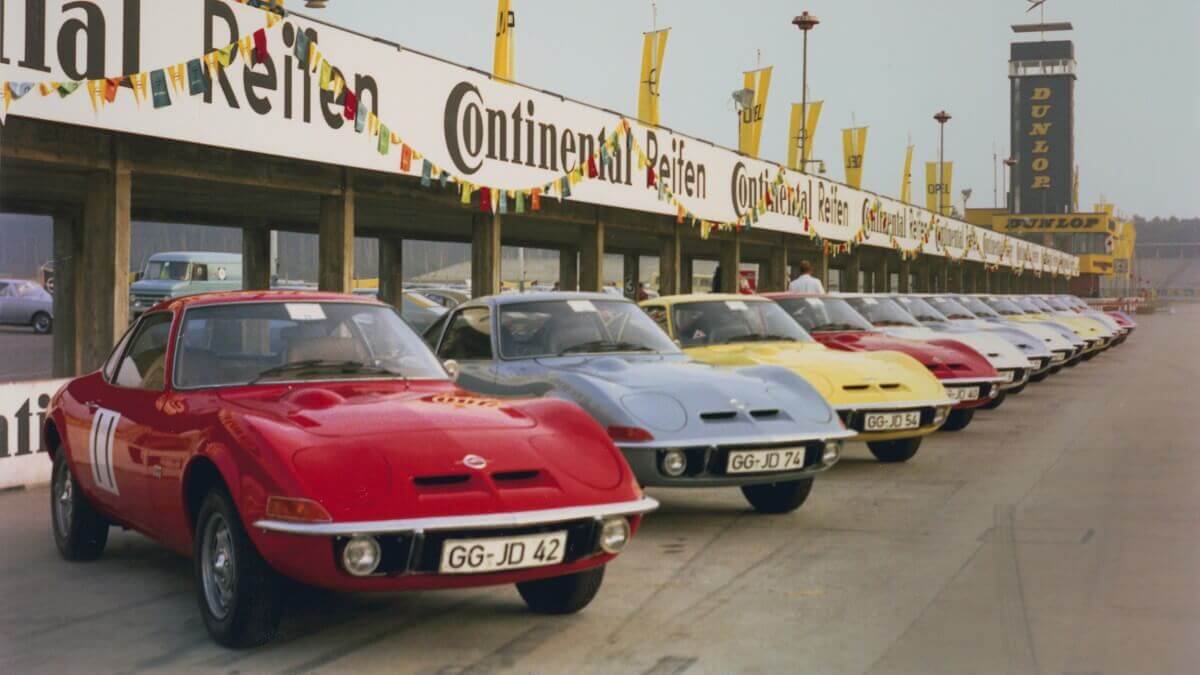

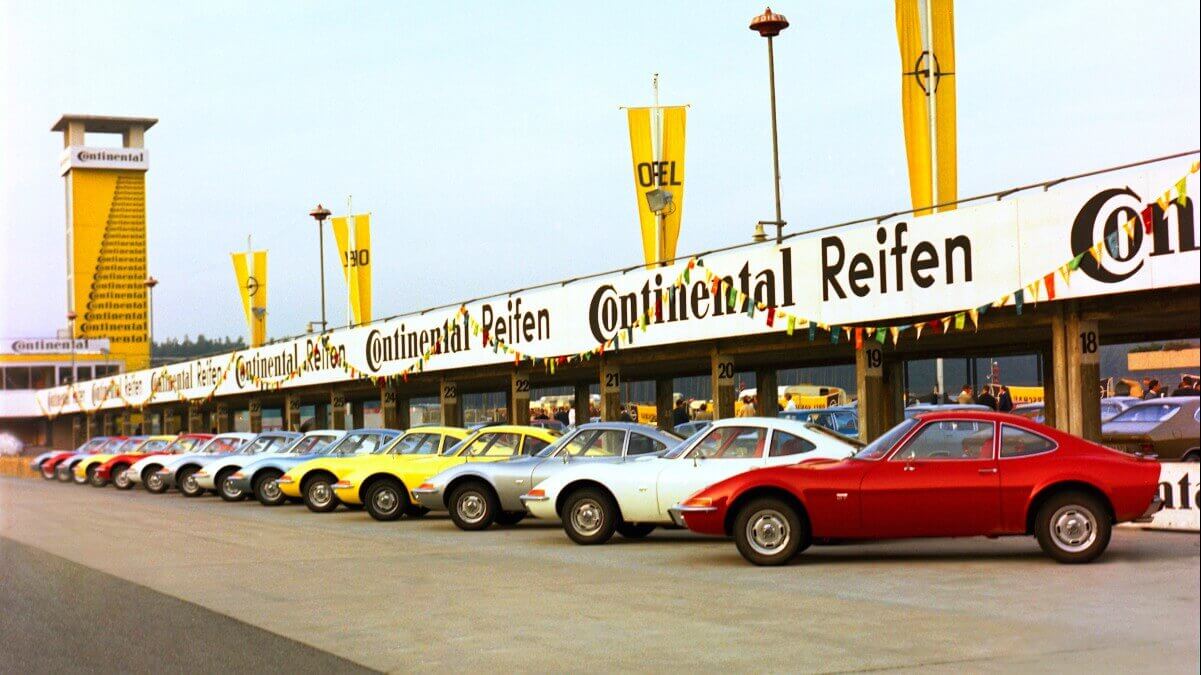

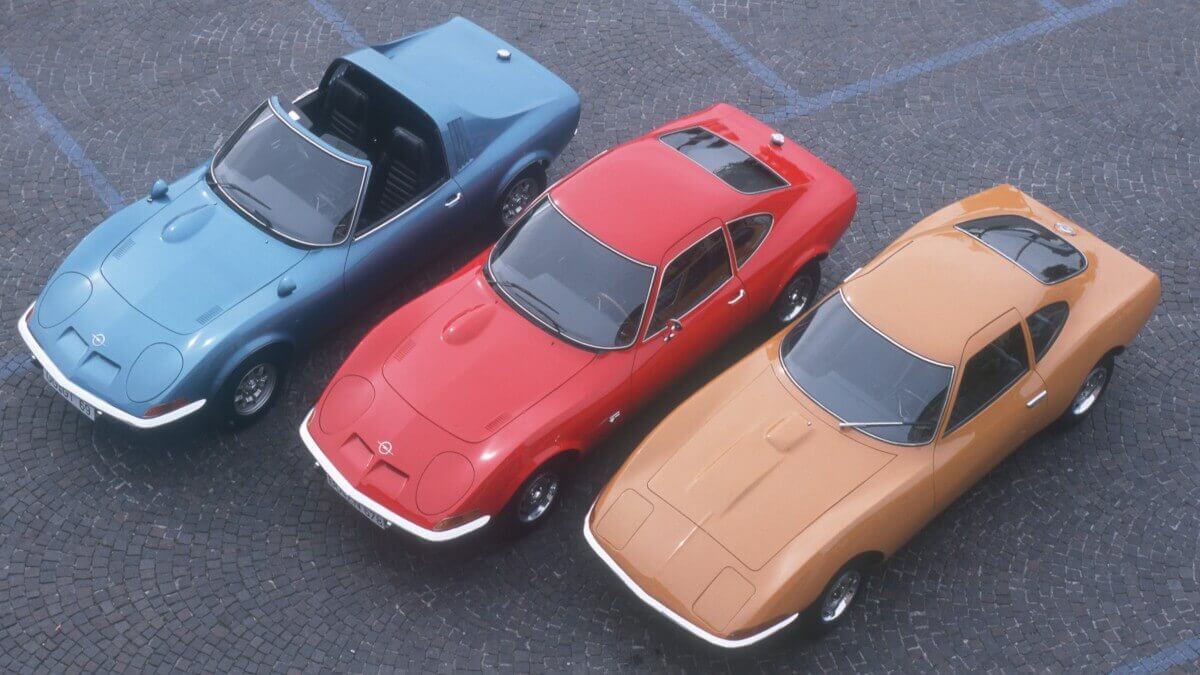

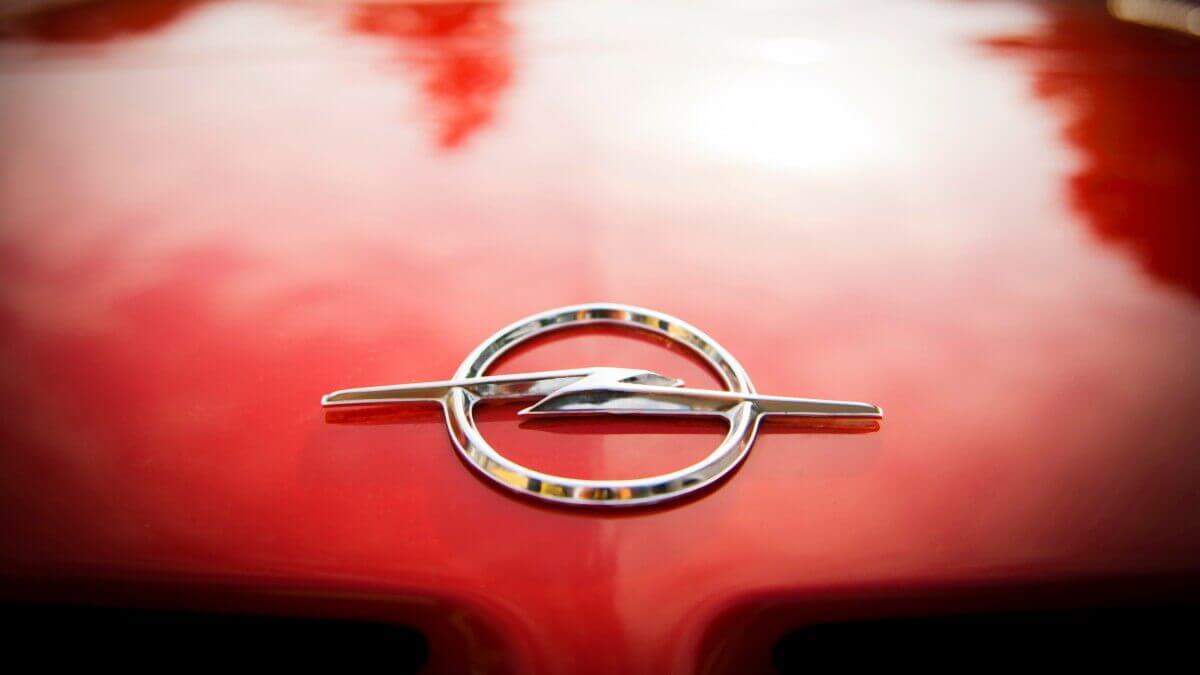

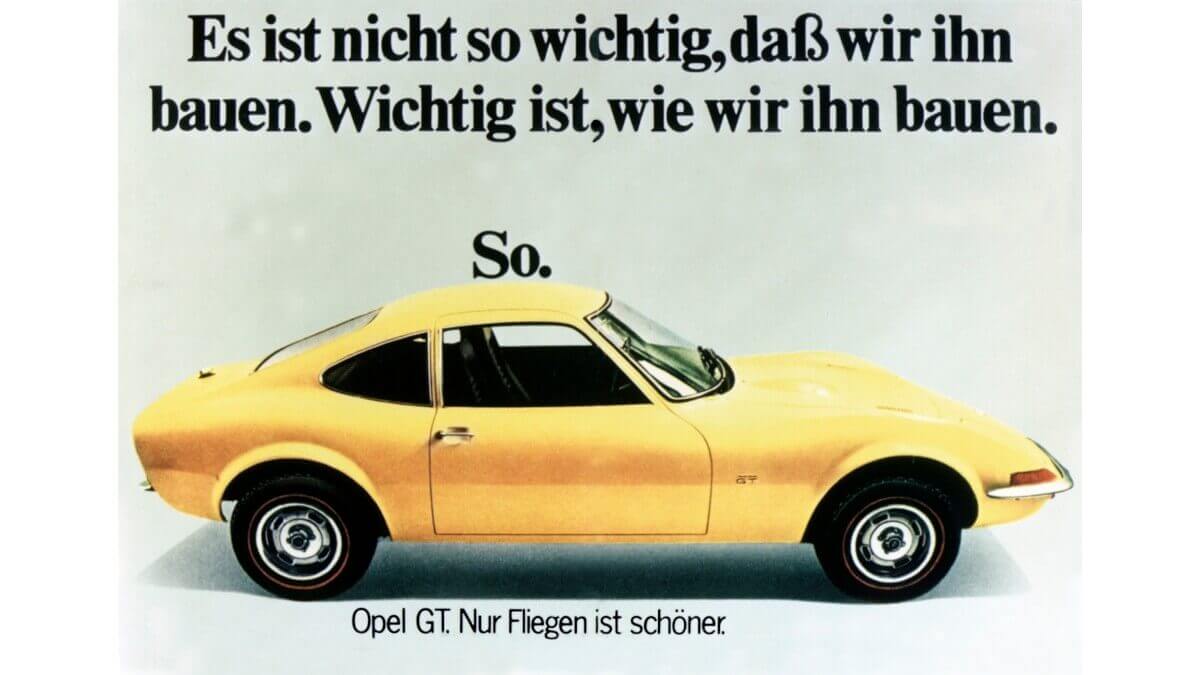

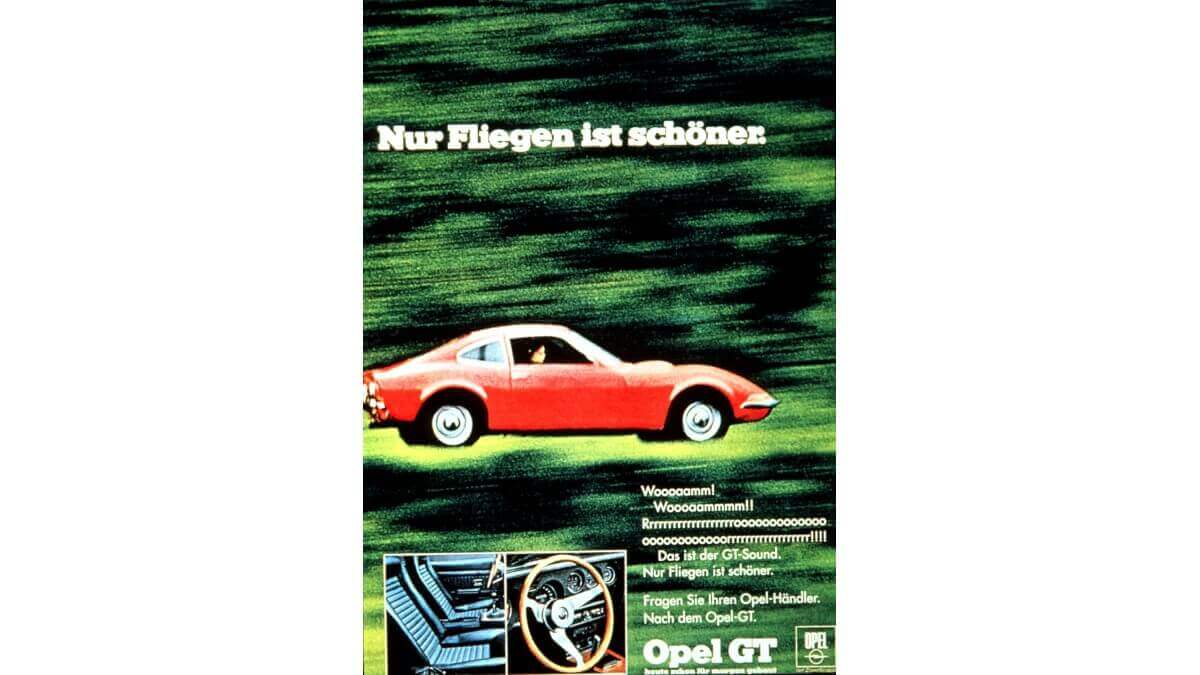

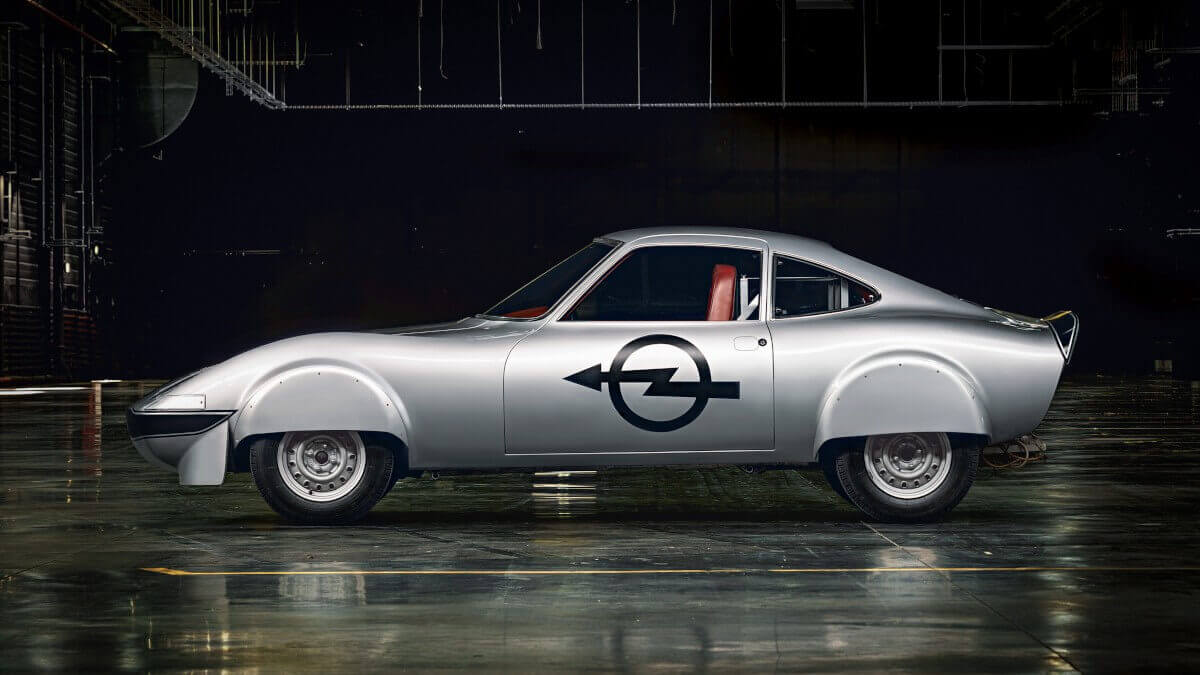

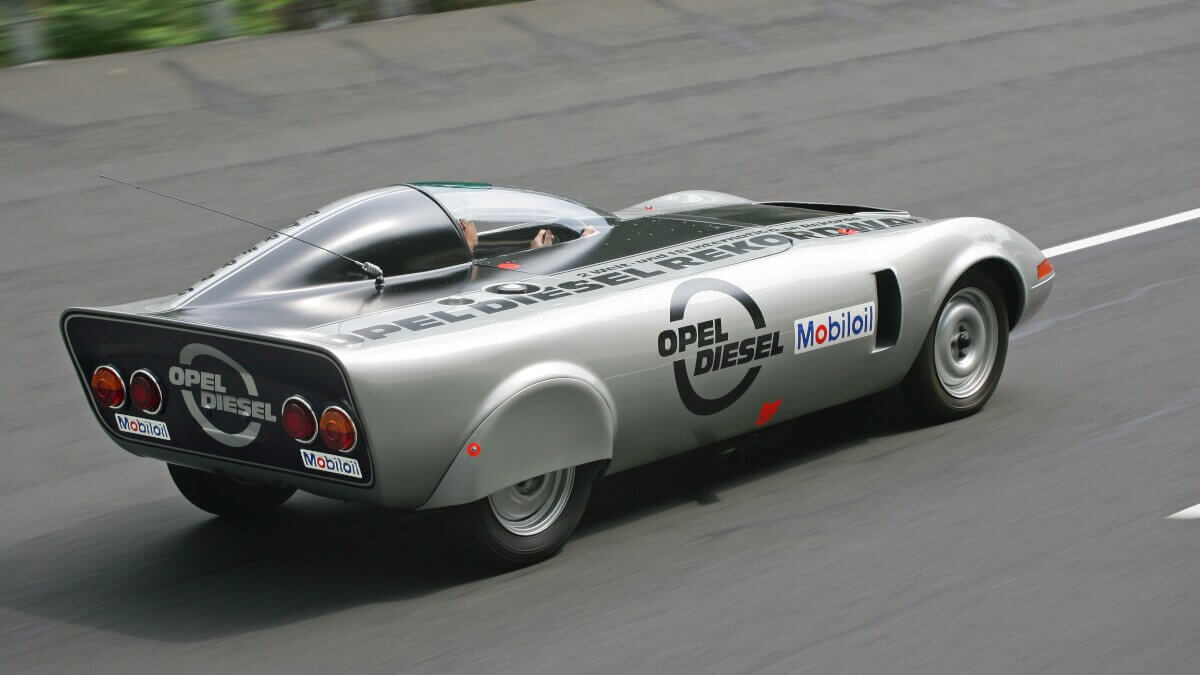

Shortly before the launch Opel invited various journalists to a driving event at the Hockenheimring. There and on surrounding roads, the new GT could be experienced with both available engines, that were offered from autumn 1968. Next to the already mentioned 1.9-liter four-cylinder with 90 hp in the GT A-L (better known as GT 1900), there was the entry-level GT 1100 until 1970, whose engine delivered 60 hp from 1.1 liters and accelerated the sports car up to 155 kph (96 mph). Only 3,573 copies of the GT 1100 were made. According to the data sheets the top model reached up to 185 kph (115 mph). Instead of the weaker version in 1970 the GT/J (Junior) took over with the 90-horsepower engine, but renounced chrome parts, without cord covers on the seats and with less instruments in cockpit.
As the production lines of Opel in Rüsselsheim and Bochum were actually quite busy at the time, they entered into a cooperation with the French company ‘Sociéte des Usines Chausson’, who made the horseshoe-shaped grilles for Bugatti before World War 2 and today is known for camping vehicles. There, the bodies for the Opel GT were created, which were then delivered to the subsidiary of Chausson, ‘Brissonneau & Lotz’, where the painting and the installation of the interior was carried out. At the same place, the Coupés and Cabriolets of the Peugeot 304 were produced – an early bridge between both brands from today’s point of view. After another transport, the vehicles finally reached the Opel plant in Bochum, where engines, transmissions and axles were installed. The first copies of the GT had to be inspected individually by the German TÜV, because the general operating permit was not issued in time for the market launch. By July 1973, a total of 103,463 copies ran of the production line, of which more than half was exported to the US market. There, the Opel GT was offered at the Buick dealers and had much larger sales successes than the big Opel sedans before, probably because of the visual simularities to the Chevrolet Corvette C3. Opel temporarily considered a Targa version called Aero GT, but eventually rejected the production.
Two chassis were used for extraordinary record attempts. In 1971, Dr Georg von Opel, a grandson of the company founder and owner of a car dealership in Frankfurt/Germany, built an electrically powered GT and set four new world records for electric cars in Hockenheim, but failed to finish his attempt of 100 kilometers with an average speed of more than 100 kph (62 mph) when his nickel-cadmium batteries ran out of juice after 44 kilometers (27 miles). The conversion of a GT into a vehicle for a record attempt with the diesel engine of the Rekord D was significantly more complicated. Instead of the normal passenger cell, this car received a single, front-opening glass bubble over the driver. Thanks to an Eberspächer turbocharger, they got 95 hp from the 2.1-liter engine and scored two world records and more than 20 international records in 1972 under supervision of some FIA authorities. Only every 500 kilometers they had to stop at the pits for fuel, which was each and every time done in less than 30 seconds. After 52 hours and more than 10,000 kilometers, the checkered flag marked the end of the record attempt.
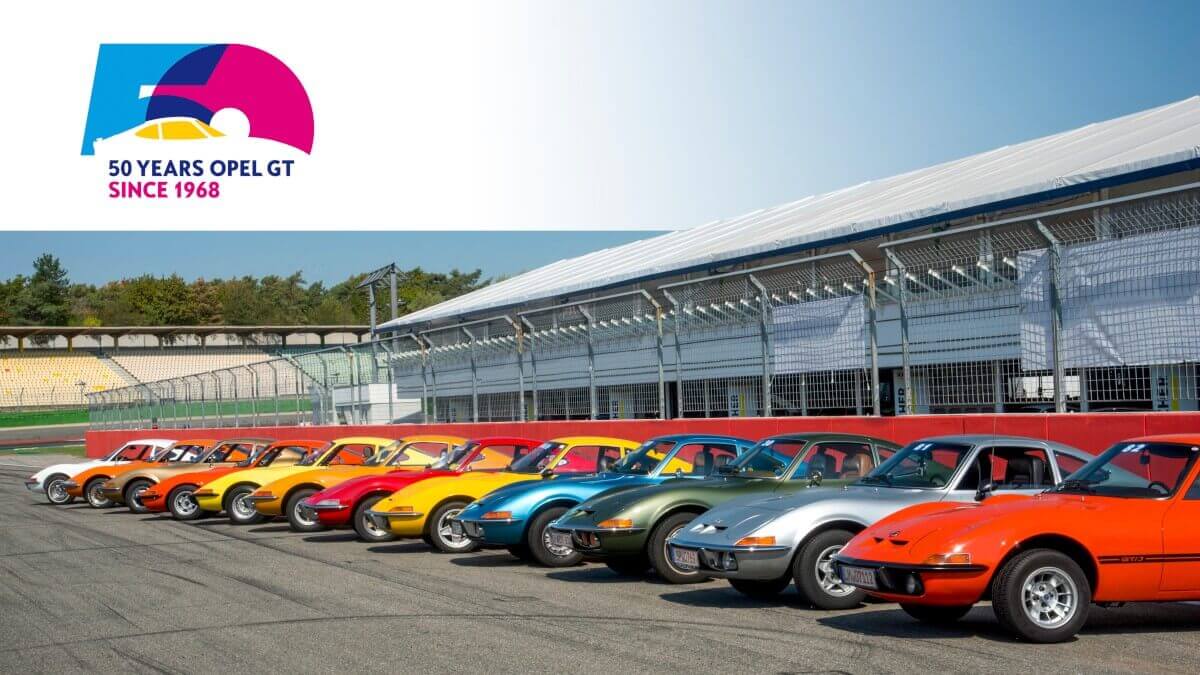

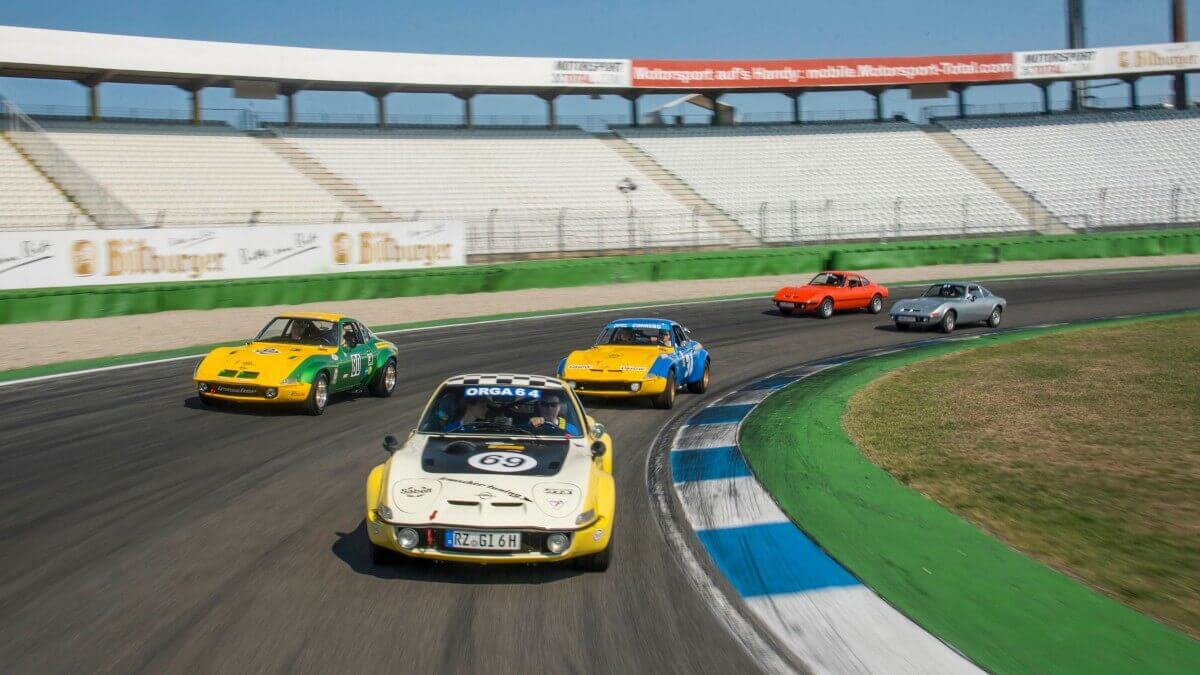

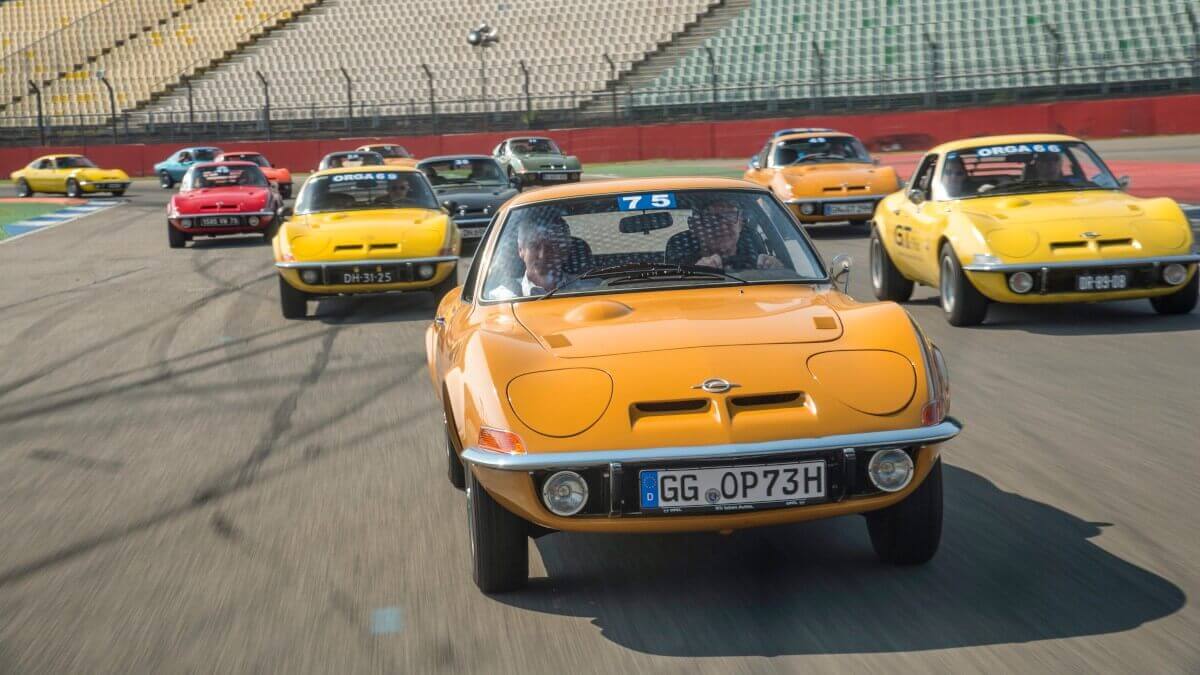

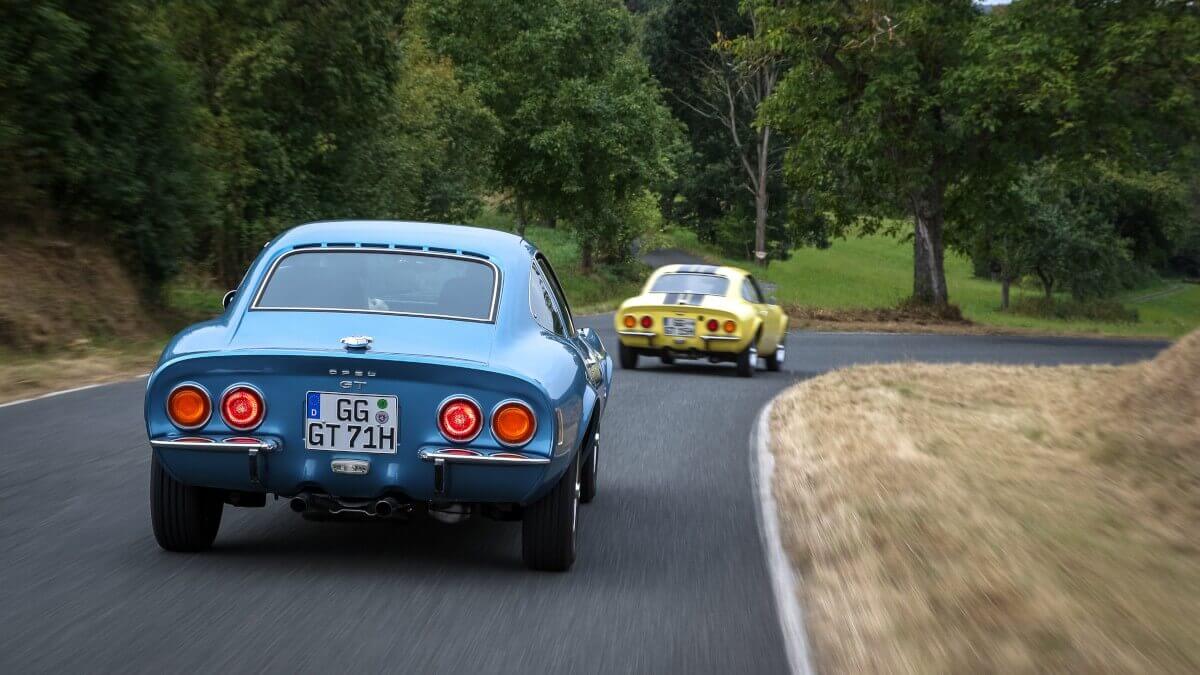

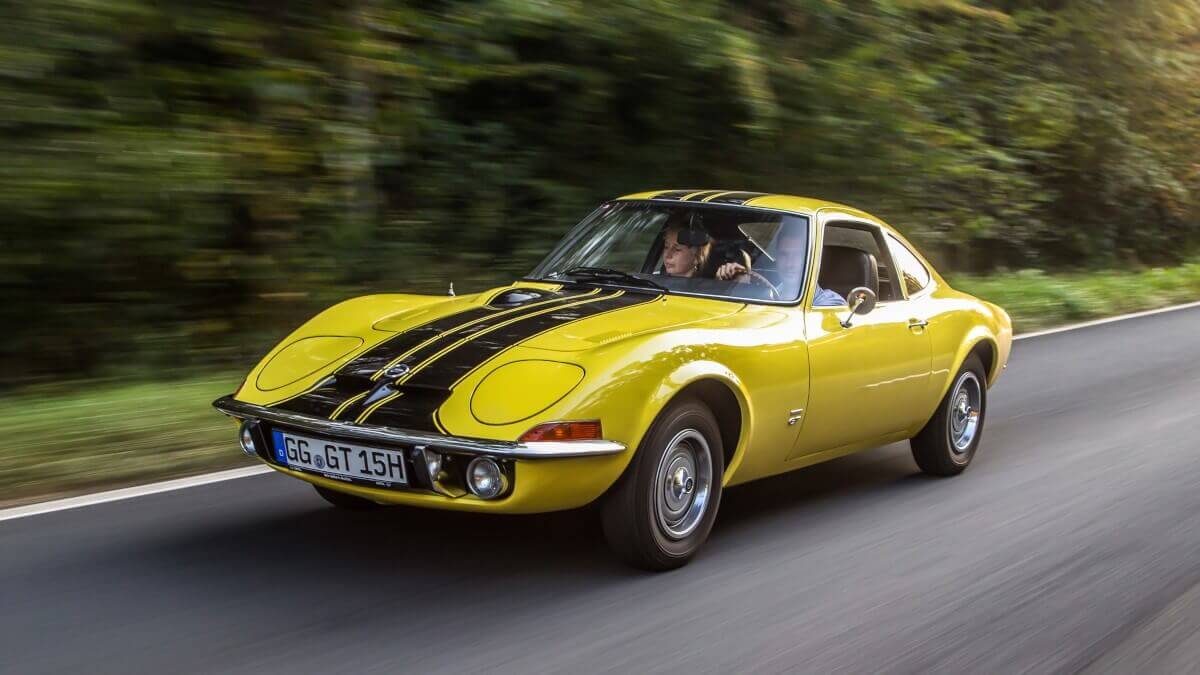

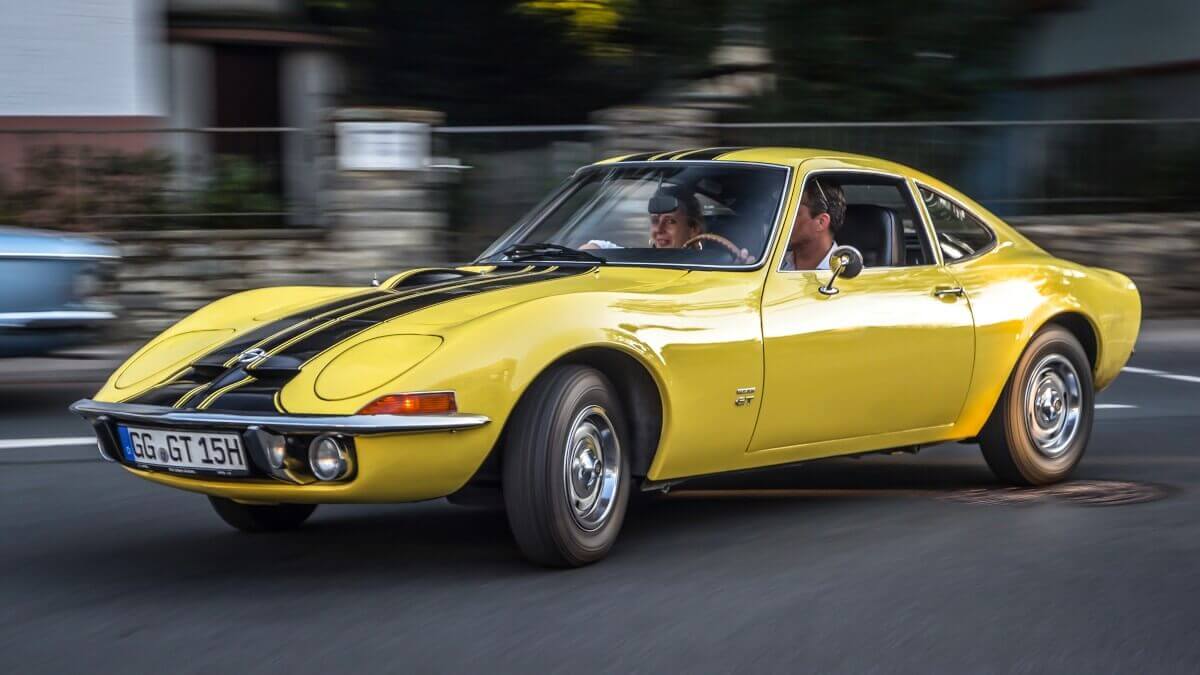

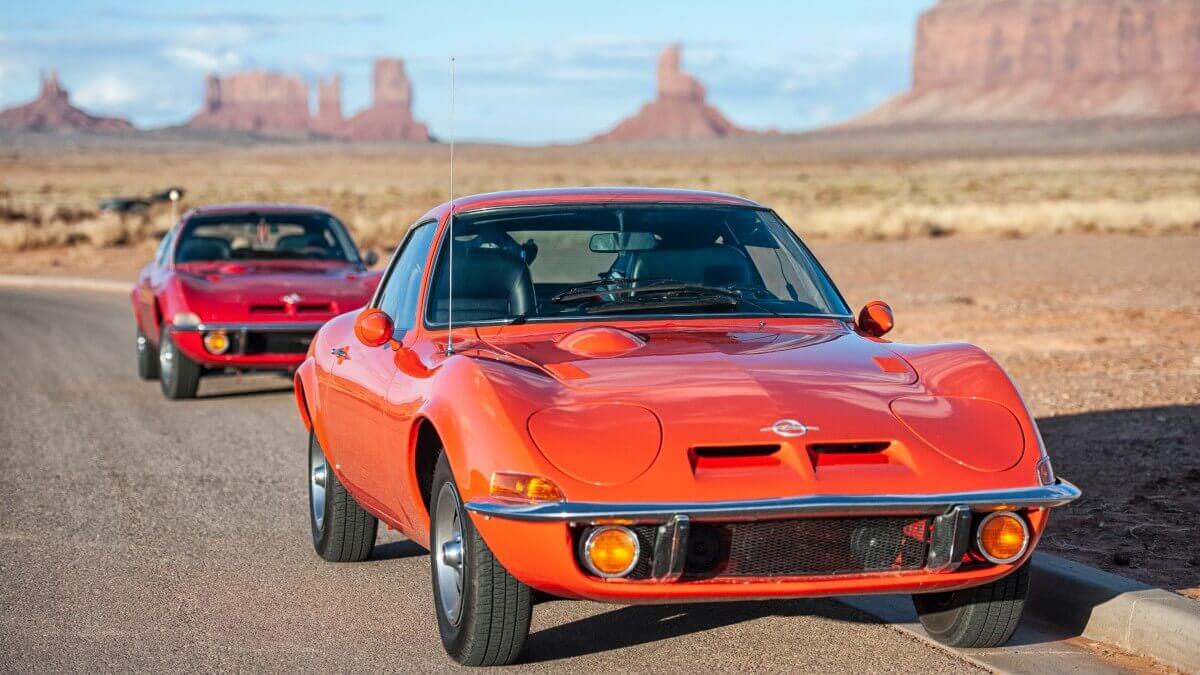

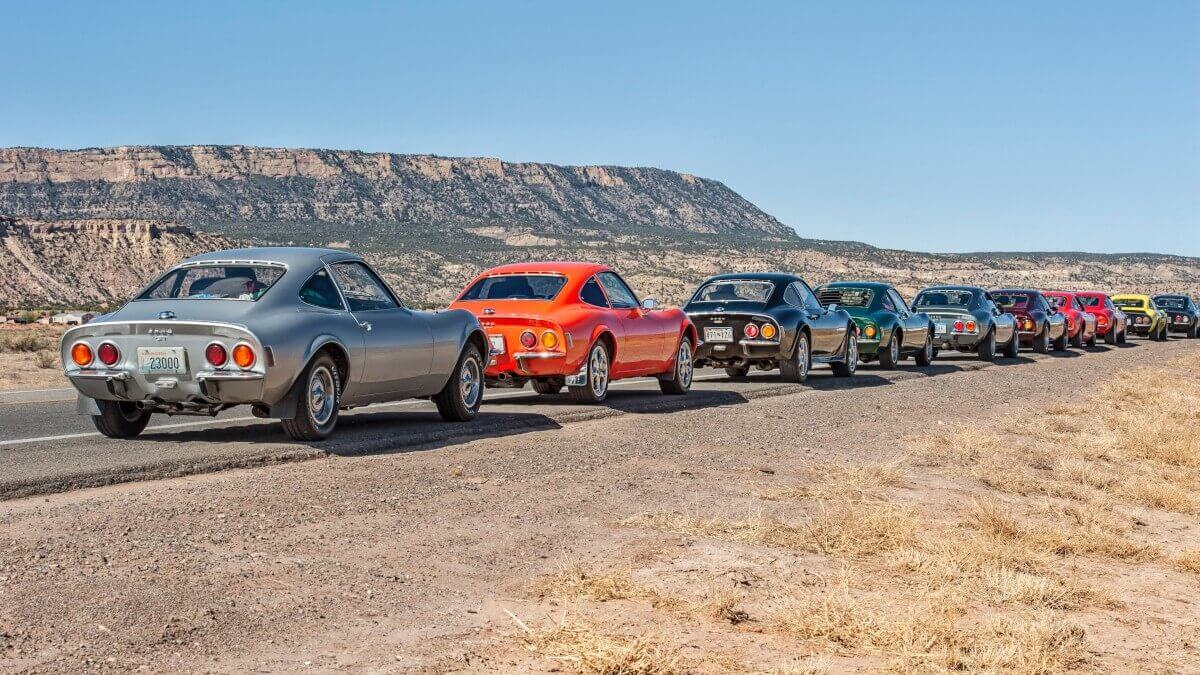

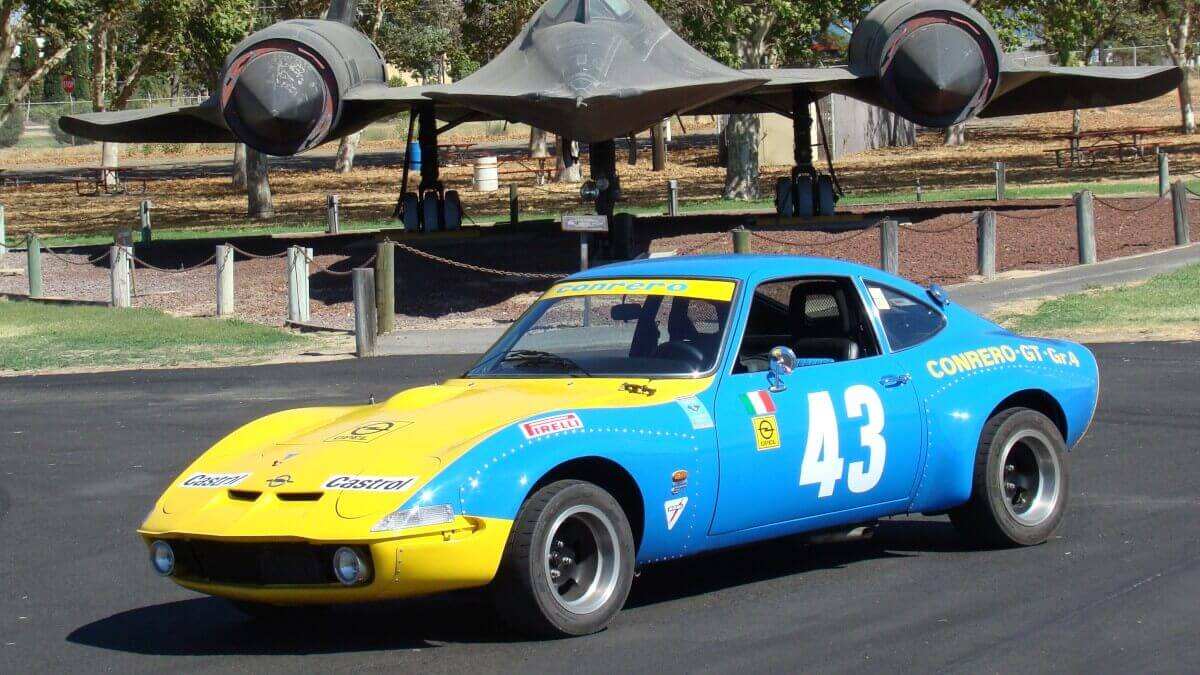



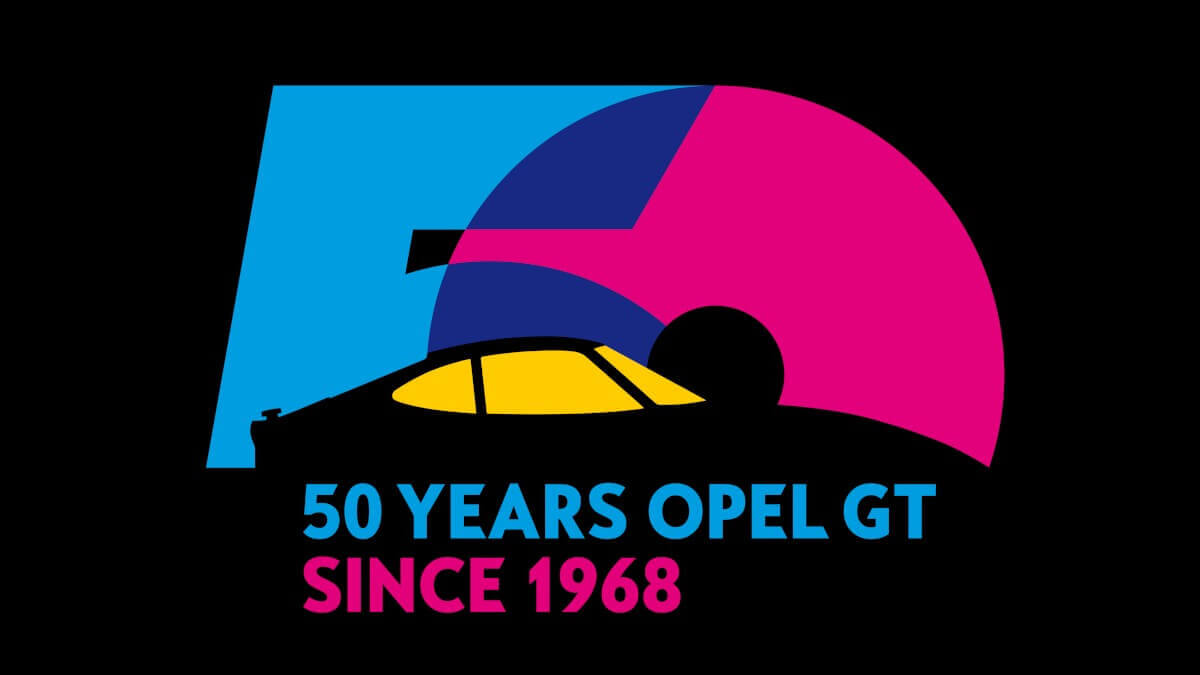

For the 50th anniversary, Opel hosted two major gatherings for GT owners during 2018. One took place at the Hockenheimring and specifically reminded of the first press event 1968 in the same place. In addition to many private owners, also the CEO of OPC, Volker Strycek, attended the event with his GT. Next to him also some GT racecars from Conrero and Irmscher lapped the race circuit. Furthermore, Opel also invited the fan community to a nice drive along the legendary Route 66 in the USA. It was proven on both sides of the Atlantic that the design of the Opel GT can even inspire after 50 years. Exactly as the former advertising slogan for this car read: Nur fliegen ist schöner (Only flying is more beautiful).
Images: Opel


